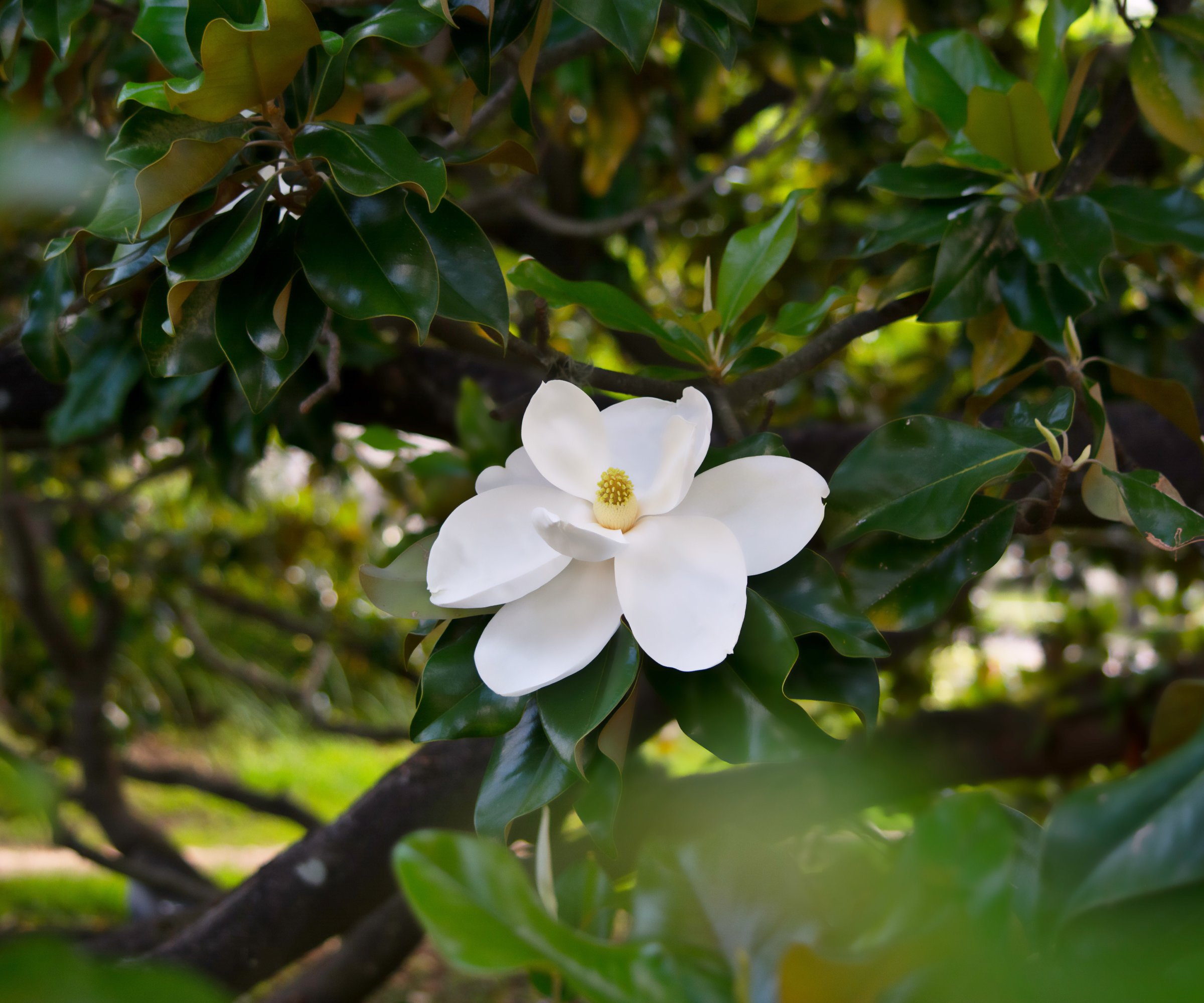How To Grow Magnolia Seeds – For Even More Of These Beautiful & Beloved Trees
Magnolia seeds are a bright red surprise in the fall garden. But more than just adding beauty, you can grow them into new trees. Here's how to do it.


Jackie Carroll
After the flowers are long gone from your magnolia tree, the show continues with the arrival of beautiful bright red magnolia seeds. Exotic-looking cone shaped seed pods appear in early autumn and burst open to reveal crimson berries. Each fall, trees come to life with birds, squirrels, and other wildlife that relish these tasty fruits.
But if you open a berry before the animals eat it, you’ll find tiny magnolia seeds. With a little bit of work and a lot of patience, propagating magnolia trees from seed is a fun and rewarding activity for gardeners of all ages.
When to Harvest Magnolia Seeds
The first step in growing a magnolia tree is obtaining the seeds, either by purchasing them or by harvesting them from a parent plant. Usually buying seeds is easier, but when it comes to magnolias, it is often a challenge to find seeds commercially - though Amazon does carry several varieties.
Once magnolia seeds dry out, they are no longer viable. So in order to grow a magnolia tree from seed, you have to harvest fresh seeds from the berries. But don’t let birds get to all the berries first!
Magnolias are easy flower seeds to harvest in September or October, when the berries turn red and ripe. Just pick the berries out of the cones and save them for later.
Before you go to the trouble of harvesting magnolia seed pods, though, you need to determine whether or not the parent tree is a hybrid. Hybrid magnolia tree varieties don't breed true and the resulting tree may not resemble the parent.
It can take up to 10 to 15 years before your new tree produces its first flowers, so you may not know you’ve made a mistake until then.
Sign up for the Gardening Know How newsletter today and receive a free copy of our e-book "How to Grow Delicious Tomatoes".

Prepare Magnolia Seeds for Planting
The next steps differ depending on when you want to plant your magnolia seeds.
If you are going to plant the seed in fall, remove the berries from the pods, then remove the berry flesh from the seeds after you harvest them. Soak seeds in warm water overnight. Soaking seeds before planting is a crucial step, as it helps soften the seed’s hard outer layer and makes them more likely to germinate.
Remove the outer seed coat by rubbing the seeds with hardware cloth (like these options from Amazon) or against a window screen. Plant the seeds quickly after you remove the outer layer.
If you are planning on planting magnolia tree seeds in spring, there are a few extra steps. First, clean and rub the berries, removing their outer coat, the same as for fall planting. Then store them in a sealed container in the refrigerator until spring.
This process is called seed stratification. It mimics the natural conditions a seed would experience outdoors during winter. Fill a plastic baggie with moist growing medium, add your seeds, and place the baggie in the refrigerator.
Leave seeds undisturbed for at least three months or until you are ready to plant them. When you take the seeds out of the refrigerator, it triggers a signal that tells the seed that winter has passed and it's time to grow.

How to Plant Magnolia Seeds
Planting magnolia seeds isn’t difficult and the process is the same whether you decide to plant in fall or spring. You can sow magnolia seeds in outdoor beds or in containers. Select an appropriate site, if sowing the seeds outdoors, or prepare a container with well-draining loamy soil. Partial shade is best during the germination period.
Sprinkle seeds on the surface of the soil. Barely cover them with soil. If you are the measuring type, make this about a 1/4 inch (.6 cm) of soil. Add a layer of organic mulch, like this mulch from Amazon, on top of the soil to keep seeds moist as they germinate.
As you wait to see those little sprouts appear, keep the soil moist but not wet. Germination should take a matter of weeks. Once seedlings emerge, they need protection from strong sunlight for the first year. Place them in a bright spot away from direct sunlight and enjoy your soon-to-be trees.

Teo Spengler is a master gardener and a docent at the San Francisco Botanical Garden, where she hosts public tours. She has studied horticulture and written about nature, trees, plants, and gardening for more than two decades, following a career as an attorney and legal writer. Her extended family includes some 30 houseplants and hundreds of outdoor plants, including 250 trees, which are her main passion. Spengler currently splits her life between San Francisco and the French Basque Country, though she was raised in Alaska, giving her experience of gardening in a range of climates.
- Jackie CarrollWriter